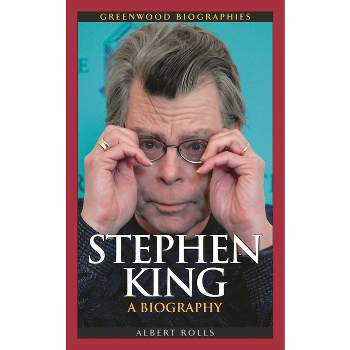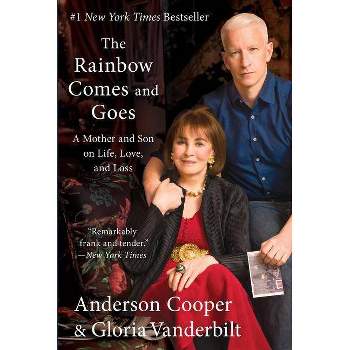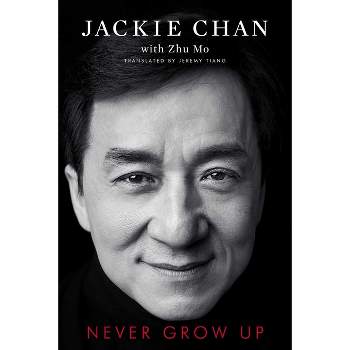Sponsored
George Borrow, Lavengro - (Edinburgh Critical Editions of Nineteenth-Century Texts) by Andrew D Radford (Hardcover)

About this item
Highlights
- This critical edition of George Borrow's Lavengro: The Scholar, The Gypsy, The Priest (1851) brings a renewed focus on a formally inventive and original text for scholars of the nineteenth-century autobiographical novel and travelogue.
- About the Author: Andrew Radford is Senior Lecturer in Critical Studies at the University of Glasgow.
- 680 Pages
- Biography + Autobiography, Literary Figures
- Series Name: Edinburgh Critical Editions of Nineteenth-Century Texts
Description
About the Book
A new scholarly edition of a bold yet overlooked Victorian text that blends the genres of memoir, travelogue, ethnography and the realist novelBook Synopsis
This critical edition of George Borrow's Lavengro: The Scholar, The Gypsy, The Priest (1851) brings a renewed focus on a formally inventive and original text for scholars of the nineteenth-century autobiographical novel and travelogue. This edition reflects and develops research that anchors Borrow's energetically eccentric vision in a range of notable contexts. The scholarly introduction gives readers unfamiliar with the formidably prolific Borrow an opportunity to discover more about this author's career at home and abroad (as a translator for the British and Foreign Bible Society), his stylistic innovations, and how Lavengro evokes a 'wild England' that became crucial for admirers in the next century such as D.H. Lawrence, Ford Madox Ford, and Virginia Woolf.
From the Back Cover
[Headline]A new scholarly edition of a bold yet overlooked Victorian text that blends the genres of memoir, travelogue, ethnography and the realist novel This critical edition of George Borrow's Lavengro: The Scholar, The Gypsy, The Priest (1851) brings a renewed focus to a formally inventive and original text for scholars of the nineteenth-century autobiographical novel and travelogue. This scholarly work reflects and develops research that anchors Borrow's energetically eccentric vision in a range of notable contexts. Radford's introduction gives readers unfamiliar with the formidably prolific Borrow an opportunity to discover more about this author's career at home and abroad, his stylistic innovations and how Lavengro evokes a 'wild England' that became crucial for admirers in the next century such as D. H. Lawrence, Ford Madox Ford and Virginia Woolf. [Bio]Andrew Radford is Senior Lecturer in Critical Studies at the University of Glasgow. His publications include British Experimental Women's Fiction, 1945-1975 (co-edited with Hannah Van Hove, 2021) and The Occult Imagination in Britain 1875-1947 (co-edited with Christine Ferguson, 2018).Review Quotes
This well-researched and expertly edited new edition enables the reader to understand how Borrow's familiarity with wayfaring and the gypsy community raised their profile in an era of increasing centralisation, and highlights how this work related to current debates around evolution and anthropology. Radford demonstrates the ways in which Borrow's complex narrative voice draws upon post-Romantic ideas of subjectivity and shows how influential Borrow was to become on subsequent authors, ranging from Robert Louis Stevenson to the Dymock Poets.
--Roger Ebbatson, Lancaster UniversityAbout the Author
Andrew Radford is Senior Lecturer in Critical Studies at the University of Glasgow. His books include British Experimental Women's Fiction, 1945-1975 (co-edited with Hannah Van Hove, Palgrave, 2021), The Occult Imagination in Britain, 1875-1947 (co-edited with Christine Ferguson, Routledge, 2018), Mary Butts and British Neo-Romanticism: The Enchantment of Place (Bloomsbury, 2014) and Mapping the Wessex Novel: Landscape, History and the Parochial in British Literature, 1870-1940 (Bloomsbury, 2010). He has recently published a critical edition of Marie Corelli's occult bestseller A Romance of Two Worlds (Edinburgh University Press, 2019).
Shipping details
Return details
Guests also viewed











